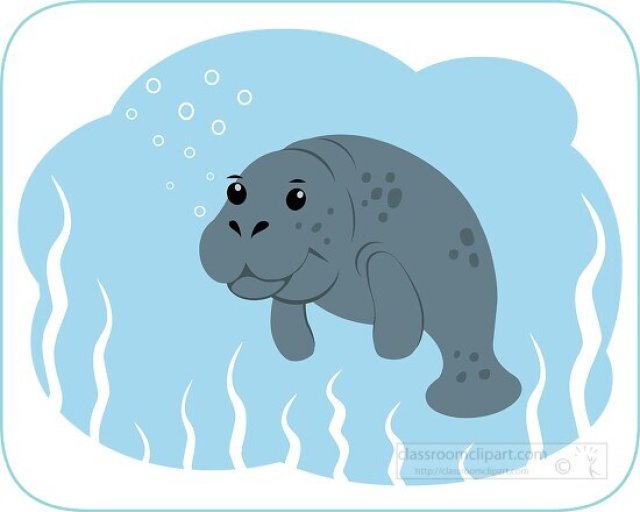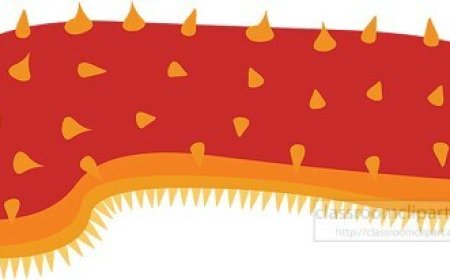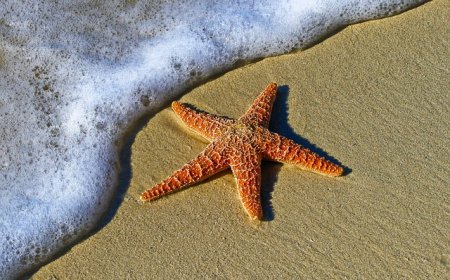Manatee Facts for Kids – Gentle Giants of Warm Waters
Discover manatees for kids. Learn why manatees are called sea cows, where they live, what they eat, and how they stay safe in their habitats.

🐘🌊 Manatees: Gentle Giants of Warm Waters
Manatees are large, slow-moving marine mammals often called “sea cows” because they gently graze on underwater plants, just like cows graze on grass. They are known for their peaceful nature, round bodies, and paddle-like tails. Manatees are part of a group called sirenians, which also includes the dugong.
There are three species of manatees:
- West Indian manatee – found in the U.S., Caribbean, and Central America
- Amazonian manatee – lives in the Amazon River basin
- West African manatee – found along the west coast of Africa
All manatees are herbivores and spend most of their time eating, resting, or slowly swimming in rivers, bays, and shallow coastal waters.
🌍 Habitat and Geographic Range
Manatees live in warm, shallow waters because they cannot survive in cold temperatures. They are found in:
- Freshwater rivers and estuaries
- Mangrove forests
- Seagrass beds and coastal lagoons
The West Indian manatee is the most well-known species in North America, especially in:
- Florida, where they gather in warm springs during winter
- The Caribbean Sea and Gulf of Mexico
They are migratory animals. In summer, some manatees travel hundreds of miles along the coast or up rivers to find food and warmer waters.
🌱 Diet and Feeding Behavior
Manatees are strict herbivores. Their diet includes:
- Seagrasses
- Algae
- Aquatic plants like water hyacinth, duckweed, and mangrove leaves
An adult manatee eats up to 10–15% of its body weight each day—about 100 pounds of plants for a large manatee! They feed mostly during the day and use their flexible upper lips to grab plants.
Manatees have:
- Flat, grinding teeth for chewing tough plants
- A system of “marching molars”—new teeth grow at the back as old ones wear out
They help maintain clean, balanced ecosystems by trimming aquatic plants.
🧥 Physical Features and Adaptations
Manatees are well adapted to warm, slow waters. Key features include:
- A round, barrel-shaped body for floating
- Paddle-like front flippers for steering and holding food
- A strong, flat tail for gentle swimming
- Thick skin covered with sparse hairs
- No outer ears but great underwater hearing
Manatees breathe air every 3–5 minutes and can hold their breath for up to 20 minutes at rest. They lack blubber, so warm habitats are vital.
🍼 Reproduction and Life Cycle
A female manatee, called a cow, gives birth to one calf after a 12-month pregnancy.
Baby manatees:
- Are about 4 feet long and weigh 60–70 pounds at birth
- Can swim right away and stay close to their mothers
- Nurse for 1–2 years while learning to graze
Calves ride on their mother’s back or swim under her flipper. Manatees mature at 5 years old and can live up to 60 years.
🧠 Behavior and Social Life
Manatees are usually solitary but may form small groups in winter. They are gentle and curious.
They communicate with:
- High-pitched squeaks and chirps between mothers and calves
- Body movements like rolling, flipper touches, and bubbles
Manatees are peaceful with no natural predators except humans and rare sharks or crocodiles.
⚠️ Threats and Conservation
Manatees are vulnerable or endangered. Major threats include:
- Boat collisions
- Cold weather below 68°F (20°C)
- Loss of seagrass beds from pollution
- Entanglement in fishing gear or debris
- Habitat destruction from development
Conservation efforts include:
- Protection zones with slow-speed boating
- Rescue and rehabilitation programs
- Seagrass habitat restoration
- Public awareness campaigns
- Laws like the Endangered Species Act and Marine Mammal Protection Act
These efforts have helped West Indian manatees recover, but ongoing care is essential.
🎉 Fun Facts About Manatees
- Christopher Columbus once mistook manatees for mermaids
- Manatees have no front teeth, only molars
- They are related to elephants
- Manatees sleep underwater, surfacing to breathe
- A group of manatees is called an aggregation
🧠 Vocabulary List
- Herbivore – an animal that eats only plants
- Seagrass – underwater grass eaten by manatees
- Estuary – where a river meets the sea
- Flipper – a flat limb for swimming
- Entanglement – getting trapped in nets or debris
- Sirenians – aquatic mammals including manatees and dugongs
- Aggregation – a group gathered in one place
- Endangered – at risk of extinction
- Ecosystem – a community of living and nonliving things
- Rehabilitation – helping an injured animal recover
✅ Manatee Quiz: Are You a Sea Cow Scholar?
1. What do manatees eat?
A. Fish
B. Algae and seagrass
C. Crabs
D. Insects
Answer: B. Algae and seagrass
2. What is a baby manatee called?
A. Pup
B. Calf
C. Cub
D. Chick
Answer: B. Calf
3. Why do manatees need warm water?
A. They like it
B. They don’t have blubber
C. It helps them float
D. They can’t eat in cold water
Answer: B. They don’t have blubber
4. How do manatees help the ecosystem?
A. By eating too much
B. By keeping seagrass healthy
C. By making bubbles
D. By scaring off predators
Answer: B. By keeping seagrass healthy
5. What is one major threat to manatees?
A. Sharks
B. Dolphins
C. Boats and pollution
D. Too much swimming
Answer: C. Boats and pollution
🧒 Kid-Friendly Summary
Manatees are big, gentle sea animals in warm rivers and coastal waters. They eat plants like seagrass and swim slowly with paddle-like tails. They are called sea cows because they graze and rest most of the day.
Manatees face danger from boats, pollution, and cold water. People work to protect them and their habitats so they can thrive.



















































